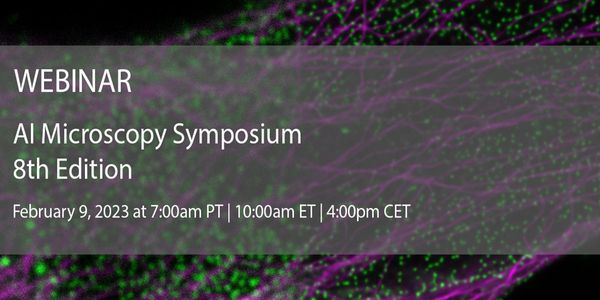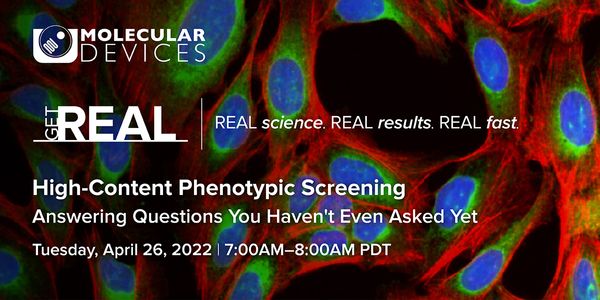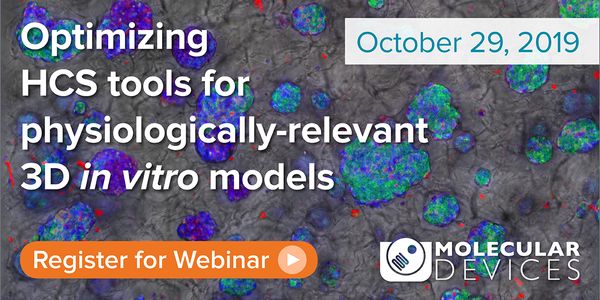Bioimaging
Bioimaging: is a somewhat recent development in the medical field that makes use of digital technology. This new imaging technique produces information about anatomical structure that is linked to functional data, as described by electric and magnetic fields, mechanical motion, and metabolism. It is a non-invasive process that provides comprehensive views of the human body in progressively greater depth and detail. Bioimaging is a powerful tool for viewing the internal workings of the body.
-
FEB 21, 2023 | 8:00 AMDate: February 21, 2023 Time: 8:00am (PST), 11:00am (EST), 5:00pm (CET) Cancer is a highly heterogeneous disease in need of accurate and non-invasive diagnostic tools. Here, we describe a no...FEB 09, 2023 | 7:00 AMDate: February 09, 2023 Time: 7:00am (PST), 10:00pm (EST), 4:00pm (CET) The AI Microscopy Symposium offers an unique forum for presenting...APR 26, 2022 | 7:00 AMDate: April 19, 2022 Time: 7:00am (PDT), 10:00am (EDT), 4:00pm (CEST) High-content (HC) phenotypic profiling approaches are a powerful tool to study the effect of biological, genetic, and ch...OCT 27, 2021 | 6:00 AMDate: October 27, 2021 Time: 6:00 AM PDT, 9:00 AM EDT Etanercept is a recombinant Fc fusion protein therapeutic that has a complex distribution of post-translation modifications (PTM), such...The highly competitive nature of academic environments might seem to suggest that success can only be obtained at the cost of taking good care of oneself. However, sacrificing self‐care can...
When I started my faculty job, I thought that just knowing the type of mentor I wanted to be and the lab culture that I wanted to create would be enough to make these things happen. I couldn...
In 2019, over 220,000 Canadians will be diagnosed with cancer and 82,000 will die of the disease. Approximately 90% of cancer related deaths are the result of metastatic disease. This is ind...
Almost unidimensional in their primordial existence as single cells, multicellular organisms quickly develop into complex 3D architectures and machineries composed of multiple cells and tiss...
Centriole assembly requires a small number of conserved proteins. The precise pathway of centriole assembly has been difficult to study, as the lack of any one of the core assembly proteins&...
OCT 29, 2019 | 7:00 AM
DATE: October 29, 2019TIME: 7:00am PDT3D cell culture systems have recently emerged as tools for reproducing the cellular environment and the organization of tissues/organs, where cel...
Holotomography (HT) uses laser interferometry to measure 3-D refractive index (RI) distribution. HT serves as a powerful tool for imaging small transparent objects, such as biological cells a...
DATE: December 14, 2017TIME: 7:00AM PTRecent breakthroughs in image sensor performance and signal processing have joined to enable new possibilities for live cell fluorescence microscop...
DATE: June 14th, 2016
TIME: 8am Pacific time, 11am Eastern time
Recent breakthroughs in image sensor performance and signal processing have joined to enable new possibilities for live cel...












